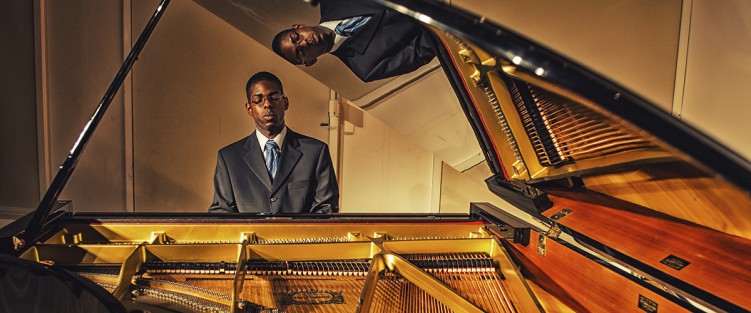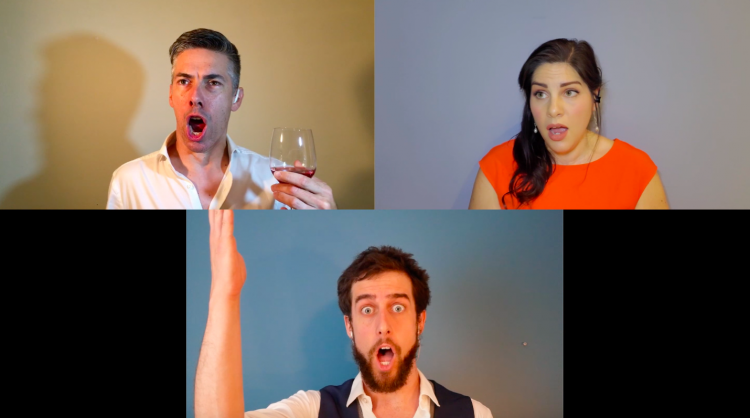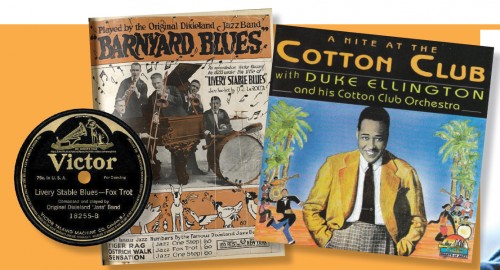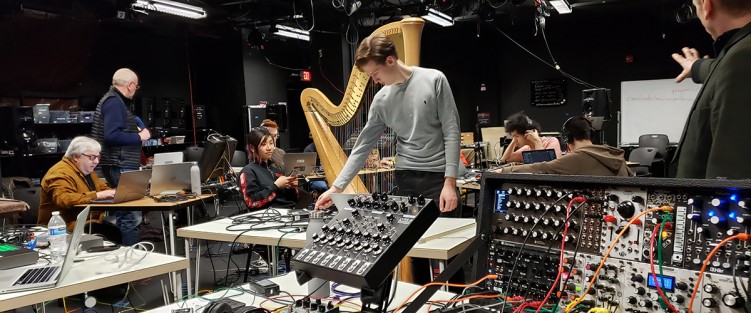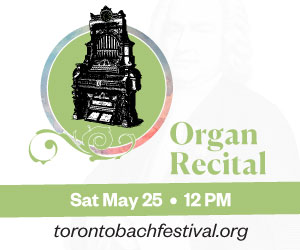A Time to Fall for Dance
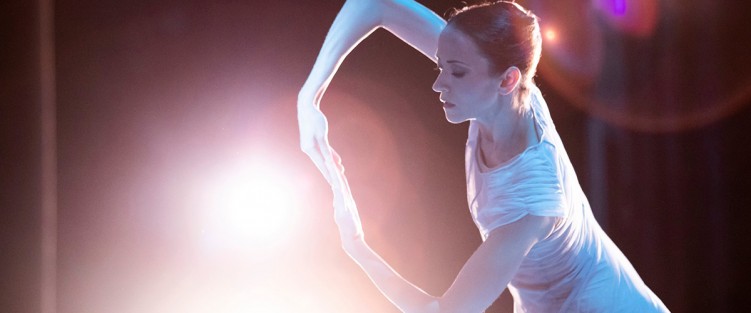 In these still surreal times defined by restrictions, we are all increasingly hungry for live performance. With opera and theatre still considered too dangerous or problematic to bring back quite yet,dance has begun to return, although to unusual venues.
In these still surreal times defined by restrictions, we are all increasingly hungry for live performance. With opera and theatre still considered too dangerous or problematic to bring back quite yet,dance has begun to return, although to unusual venues.
The Canadian Stage Company, for example, has opened their stage in the heart of High Park – which has stayed empty of its usual Shakespearean performances this summer – for three exciting weekends of dance performances. Week One: September 26 and 27, Solo in High Park featured some of the city’s top soloists in a variety of styles from tap to flamenco, house, and contemporary. Week Two: Dusk Dances,October 3 and 4, featuring the work of three Dusk Dances contemporary choreographers, and Week Three: Red Sky, October 9 to 11, showcasing the thrilling physical style of this Dora Award-winning Indigenous company.
And while the National Ballet of Canada has had to cancel their usual fall season at the Four Seasons Centre for the Performing Arts – including perennial holiday favourite The Nutcracker – they too are making more experimental appearances, at both Harbourfront Centre and the Art Gallery of Ontario. Harbourfront’s Brigantine Room will welcome physically distanced audiences to live performances of Robert Binet’s Group of Seven-inspired, The Dreamers Ever Leave You, October 9 to 17; and at AGO Live on October 22 and 23, audiences will get to take an even closer look at the creative process as they are invited into Walker Court to observe open rehearsals of a newly commissioned work by Kevin A. Ormsby.
For both these companies, there will doubtless be other unusual excursions to write about in the months ahead, but right now, at Harbourfront and at several venues around the city, it’s the sixth edition of FFDN.


